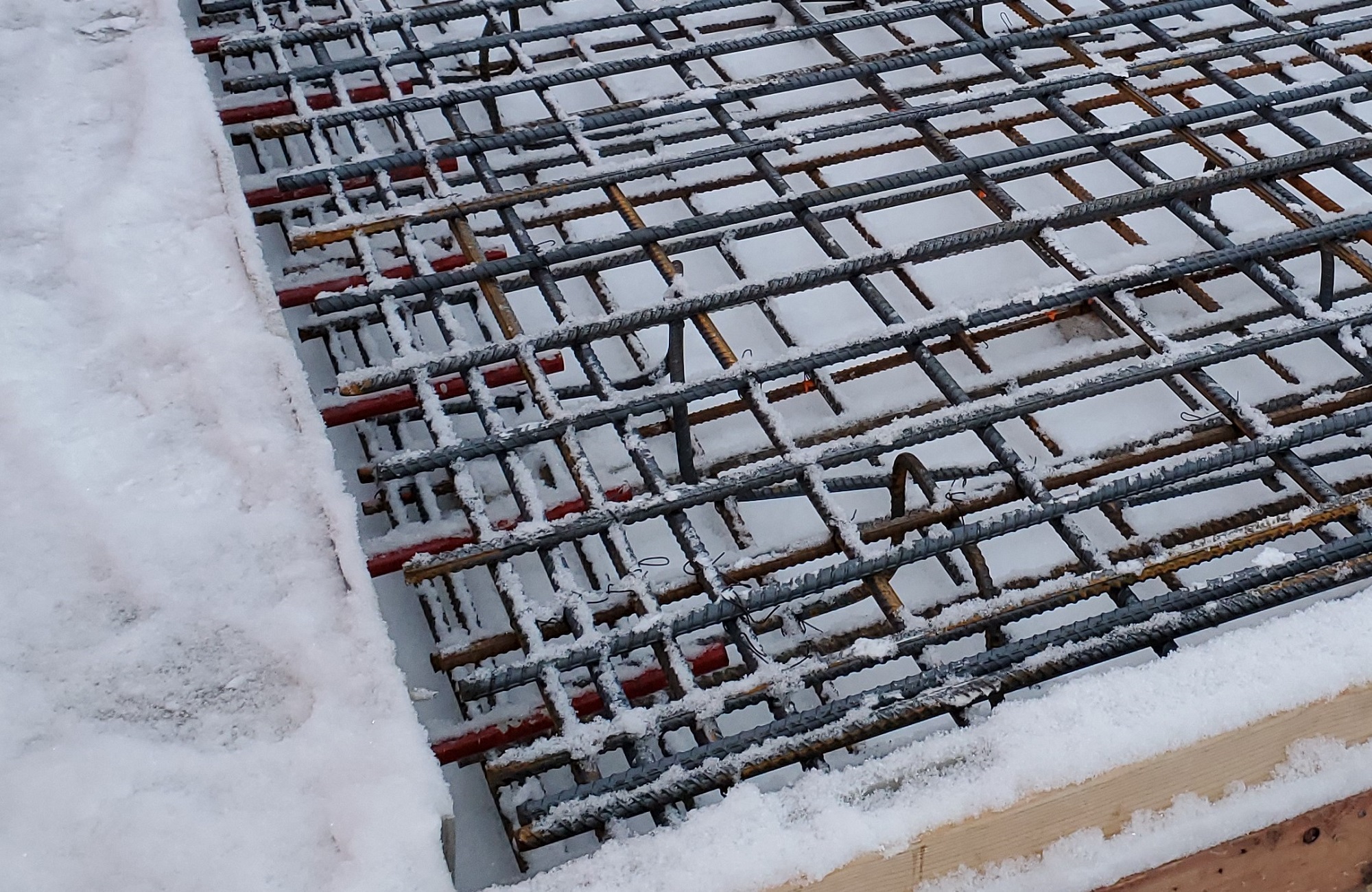
Cold Weather Precautions for Concrete
Weather conditions vary from laboratory conditions for the concrete store to the site. It usually differs from the optimum conditions which were assumed. Concrete may be placed in cold weather but some precautions should be taken to account to avoid severe negative impacts. Based to American Concrete Institute (ACI), cold-weather concreting is defined as “a period when for more than three successive days the average daily air temperature drops below 40 degrees Fahrenheit and stays below 50 degrees Fahrenheit for more than one-half of any 24 hour period.” Freezing concrete at an early age could bring problems. And the concrete should not be freeze unless it has got the minimum strength of 500 pounds per square inch (psi), in the first 24 hours. If concrete freezes while it is still fresh what will happen? It won’t have enough strength to resist forces and expansions (e.g. ice formation) and it may lead to irreparable damage to concrete. Early freezing can result in the loss of 50 percent of final strength.
To protect concrete placements, windbreaks, enclosures, or supplementary are required. And their use is attributable to the actual ambient temperature.
Windbreaks protect the concrete and construction personnel from strong winds and avoid temperature drops and excessive evaporation consequently. There are some criteria that specify the height of windbreaks, including anticipated wind velocities, ambient temperatures, relative humidity, and concrete placement temperatures.
Heated enclosures are very effective but probably the most expensive tools for protecting concrete in cold weather. There are different types of enclosures available such as wooden, polyethylene, or prefabricated rigid-plastic enclosures.
In cold-weather concrete construction, three types of heaters are used: direct-fired, indirect-fired, and hydronic systems. Indirect-fired heaters should be used for protecting fresh concrete surfaces from carbonation. If the concrete is not exposed to the heater or exhaust directly, then a direct-fired heater is suitable. In the case that a heater is used inside an enclosure caution should be taken to ensure that workers are not overexposed to carbon monoxide. Hydronic systems are worked by circulating a glycol/water solution in a closed system. For areas that are too large to be practical for an enclosure, hydronic systems are commonly used.

Add comments: